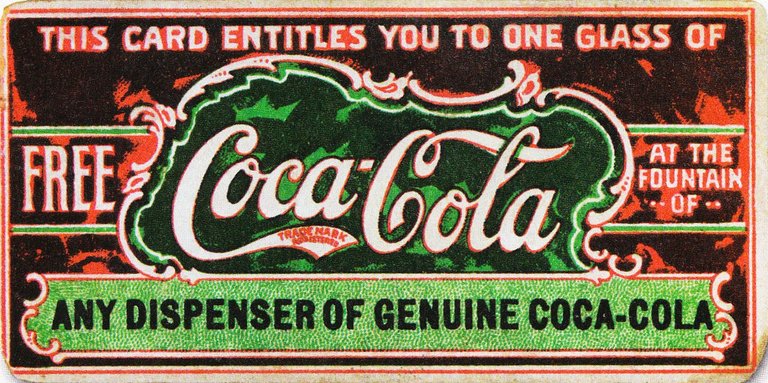
The existence of coupons has been prevalent in capitalist societies since the late 1800s among large brands. Whether it's slashing a couple of dollars from a shopping trip to giving out free samples, coupons are generally well-received by most shoppers.
In modern society, the usage of coupons had mostly expanded to codes and links, but the concept remains the same. There are dedicated coupon websites like Gomontana that compile codes from various industries at the convenience of coupon collectors.
It's obvious that most people want to seek a deal to save money or try new things, but there is profound scientific reasoning behind the psychology of why coupon codes work.
The Oxytocin-coupon Connection
Oxytocin is a hormone related to happiness and has an important impact on how an individual manages stress, relationships, and mental health. While there are a plethora of means to increase the production of this hormone, one scientific study had shown a significant boost in the production of this hormone in individuals who receive coupons.
In this particular study, there was nearly a 40% rise in oxytocin when customers were given a $10 voucher for their favorite products, and their stress levels lowered. This is quite significant as it is comparable to other external factors like diet or socializing, proving how powerful discounts can be.
Decreased Cart Abandonment in E-commerce
With online shopping, there is always the difficulty with keeping people on the website compared to brick & mortar stores, considering how easy it is to close the web browser. This only creates extra work of retaining shoppers during the process on top of the external marketing for a brand. Ultimately, the majority of shopping cart sessions are left abandoned, especially for smaller brands.
One of the most familiar tricks to alieve this is to send coupons to customers that never finish the checkout progress. This can be anything like 10% discounts, gifts, or rebates. The point is to stimulate interaction in someone that had otherwise lost interest.
According to one INC.com article, promotions offered at any part of the shopping experience makes buyers 80 percent more likely to finish a transaction. And in general, the average American consumer will admit that slashed prices drive the need to buy in general.
The visibility of deals to the outside world is also important, which is why search marketing is often applied to coupon codes. Since 94 percent of shoppers tend to look for online coupons before buying, it is important to keep fresh codes visible on Google. This can be from the merchant's website or on coupon sharing websites.
Wrapping Up
While logic is always a consideration in how buyers are attracted to products, marketing is still about appealing to human nature and our complex psychology. As a small business owner, it may hurt to cut into your profit margins by offering slashed prices, but the reward circuitry of such deals can lead to customer loyalty as you've never experienced before.